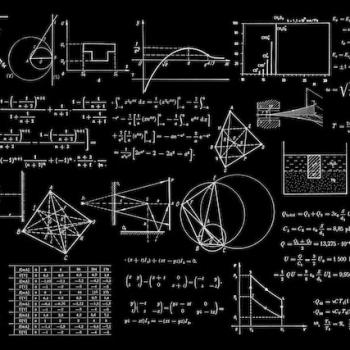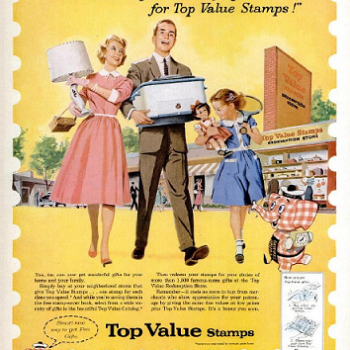
I too am over the fern motif. Enough already. But one more comment . . .
A friend who knew me well as a sophomore in college read my fern pieces and texted me with two questions. The first was, “Who was the cute boy with the biology notes?” I reminded her, but I won’t tell you. We went out on just a couple dates, so he was no life-changing romance, but I’m reluctant to name him because of the intense spotlight he’ll be under when I become famous.
That . . . and I don’t remember his last name.
But the second question is another matter. She texted, “I don’t understand this line . . . ‘If wholeness is both our birthright and destiny, then such a ‘culture of encounter’ is simply enlightened self-interest.’ Why does ‘encounter’ lead to self-interest?”
What a good question! I texted back, “If we all come from God, then we’re all made of the same (for lack of a better word) god-stuff. Just like you can bake lots of loaves of Amish friendship bread, but they all came from that one ball of flour and cinnamon.”
I take a brief pause here to pat myself on the back. I can’t cook or bake and have no interest in changing that sorry state of affairs, but my friend is an amazing baker. You know those sheets of icing that pastry chefs put on cakes to decorate them? Not only does she wield them like a professional, she actually knows the term for them. (I Googled it just now. It’s called fondant. Fondant, fondue, fondon’t . . . it’s all Greek to me.)
“Compassion is the keen awareness of the interdependence of all things.”
~ thomas merton
The concept of “Amish friendship bread” hadn’t sparked my neurons since I tried (unsuccessfully) to play along with one of those share-the-dough-ball confectionary chain letters some 25 years. But somehow, the image popped into my head when texting with her. Yay, me. But I digress.
“So my ‘self’ isn’t just my individual, separate self . . . it’s also you and everyone else. By caring for you, I’m caring for that larger ‘whole self’ that contains all of life. The original ball of flour and cinnamon. I think of that as ‘enlightened self-interest’ because in helping you, I’m really helping me.”
She texted back, “I like friendship bread!”
Metaphors are handy little devices that help us understand complex, abstract ideas through concrete objects from everyday life. And they aren’t simply tools for poets and philosophers. As Jack Hart wrote in A Writer’s Coach, “Metaphor was the clay the great physicists used to mold new theories of the universe. Einstein first talked of trains and clocks, then expanded the images to weave time and space into a single fabric.”
If monkey bread as a metaphor for reality works, great. If not, that’s great too. But my advice – find one that works for you. The poet Robert Frost wrote, “An idea is a feat of association, and the height of it is a good metaphor.” He also went on to say, “Unless you are educated in metaphor, you are not safe to be let loose in the world.”











